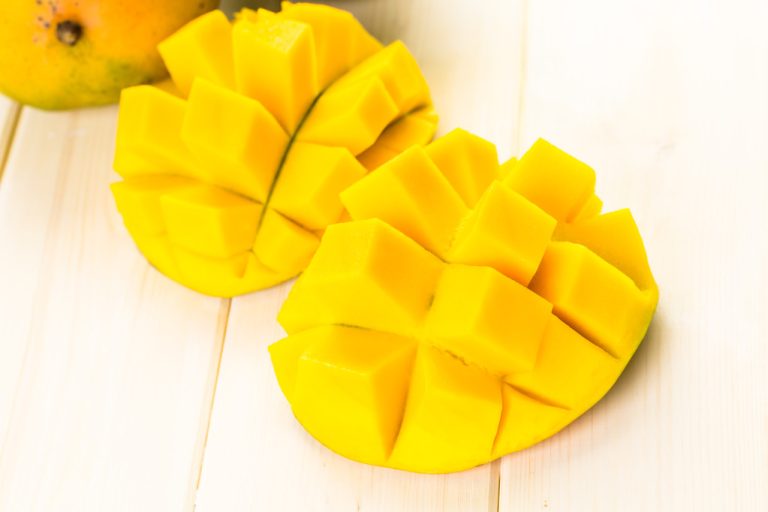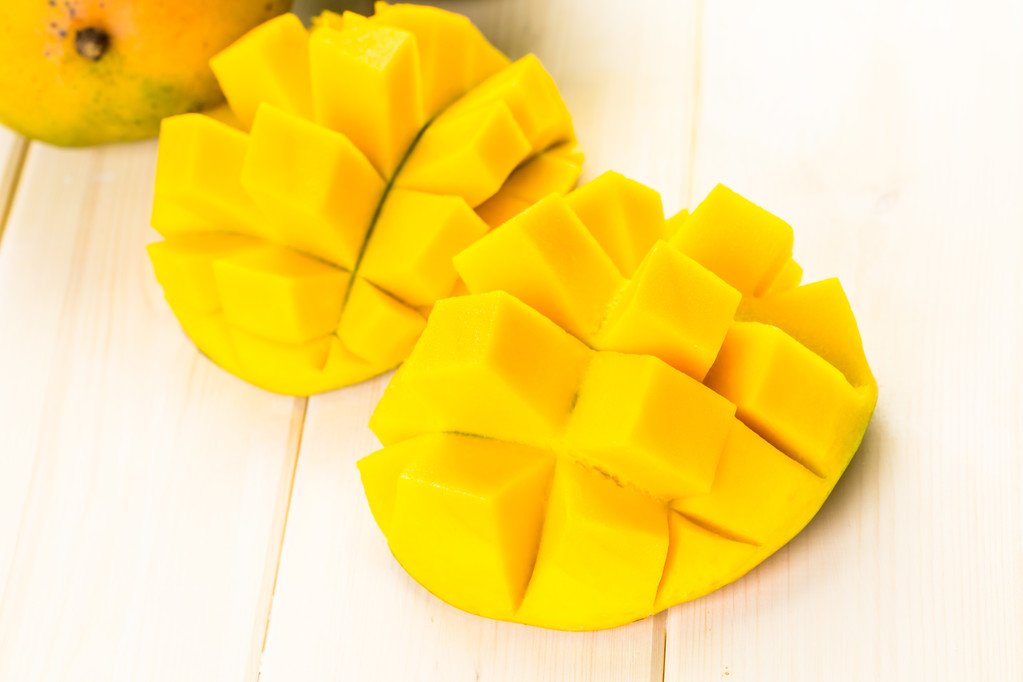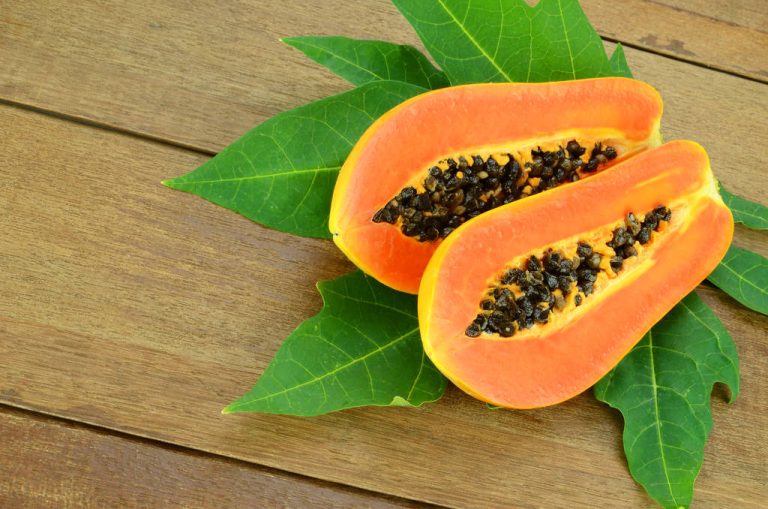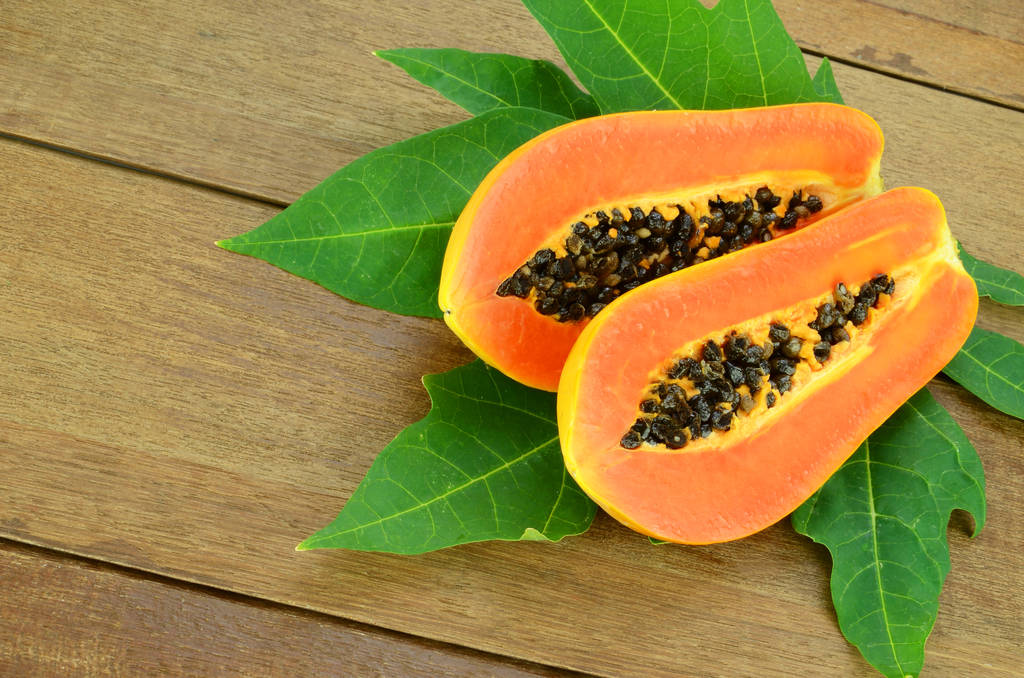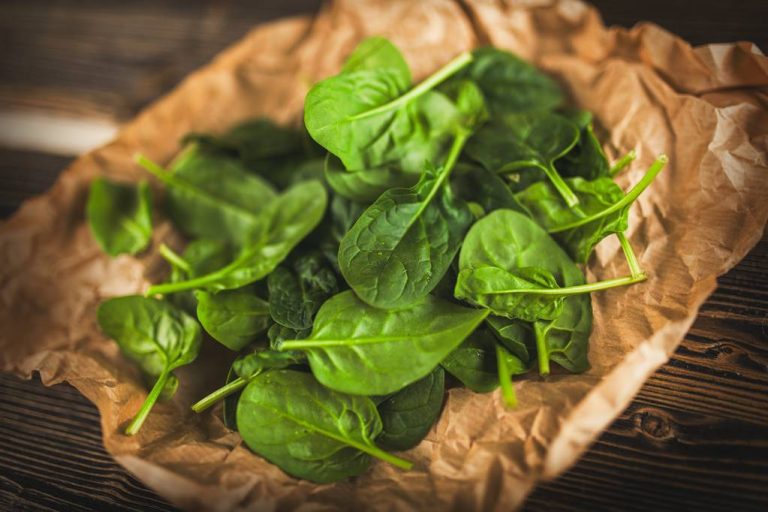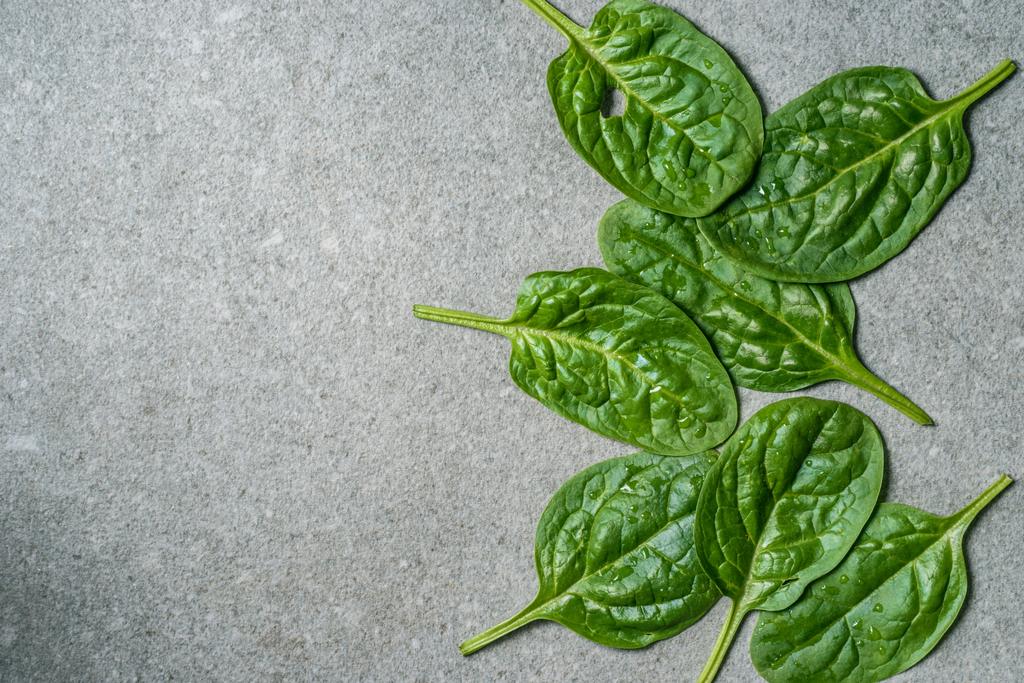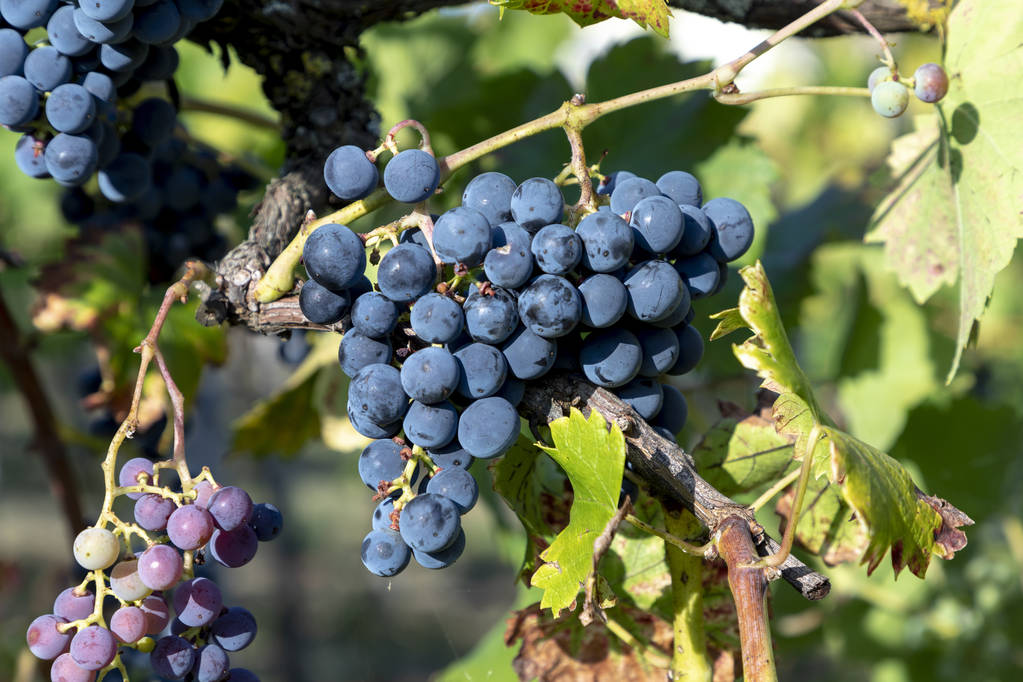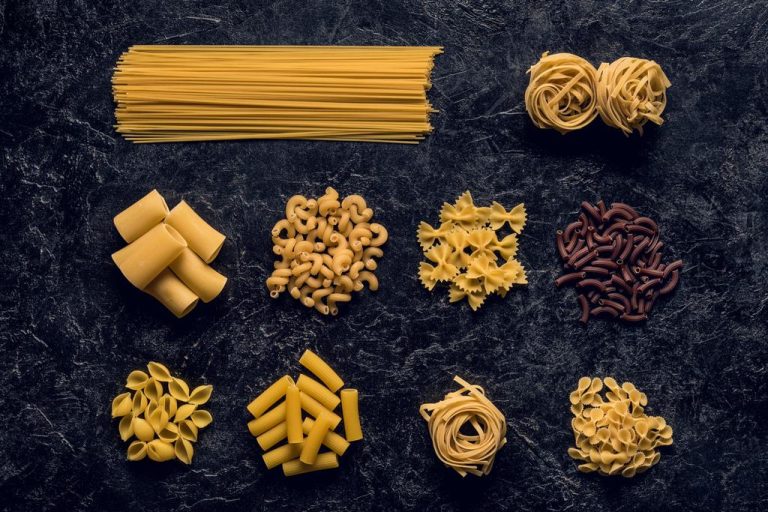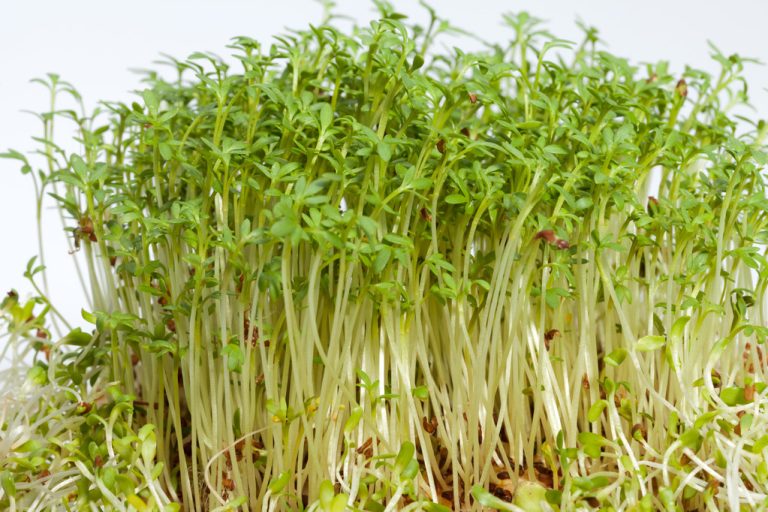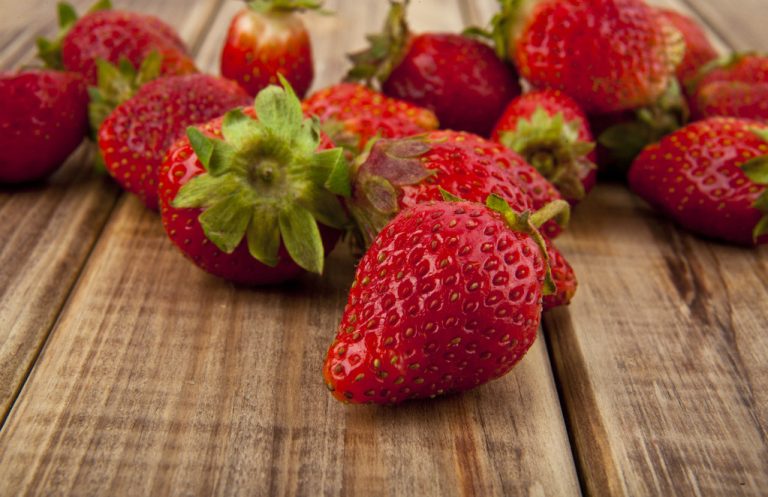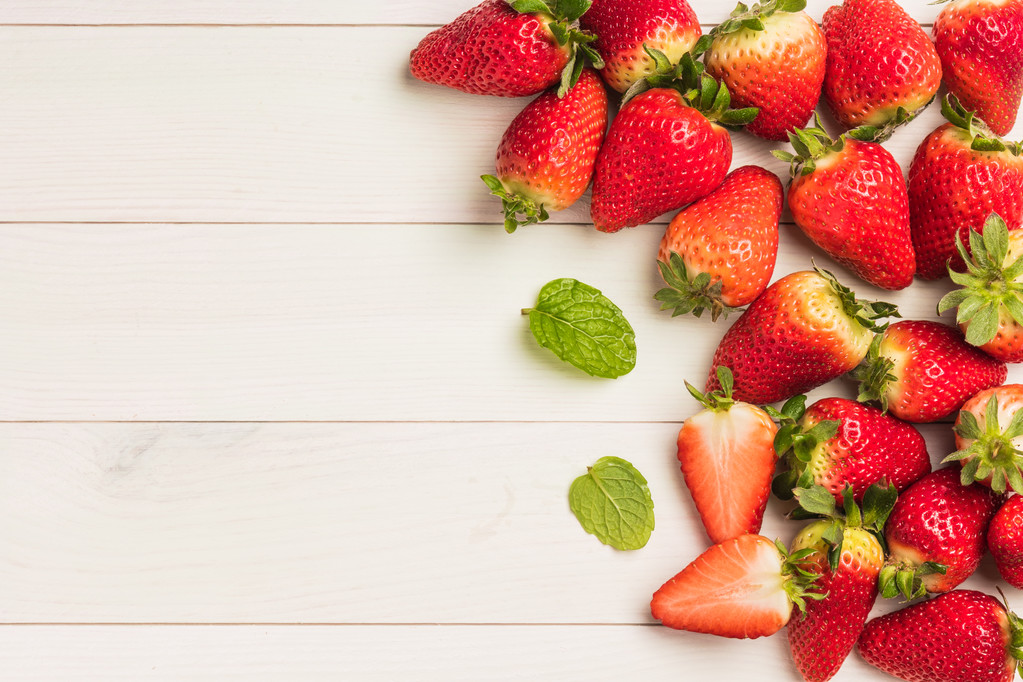The fact that kiwis are healthy is mainly due to their many vitamins and nutrients. The fruit is not only delicious, but also contains few calories. You can find an overview of all the nutrients here.
Kiwis are the healthy fruits of a climbing shrub and belong to the berry family. It originally comes from China, which is why it is also called “Chinese gooseberry”.
At the beginning of the 20th century it found its way to New Zealand. Farmers there have been growing them commercially since the 1930s. But it wasn’t until the 1960s that it was named after New Zealand’s national bird, the kiwi, to boost exports.
Kiwis are healthy: vitamins and minerals
Kiwis are a popular snack because of their sour-sweet taste. But the exotic fruits also contain many vitamins and minerals (all information per 100 grams):
Vitamin C: 80 mg
Vitamin B2: 0.04 mg
Vitamin B6: 0.13 mg
Vitamin E: 0.5 mg
Potassium: 287 mg
Calcium : 27 mg
Phosphorus: 37 mg
Magnesium: 17 mg
Above all, the high vitamin C content of the fruit is remarkable. It is almost twice as high as with oranges or lemons. As a result, kiwis can strengthen our immune system particularly well. Just one and a half kiwis cover the daily requirement of 100 milligrams of vitamin C for an adult.
In addition, a 2011 study found that kiwis also contribute to a healthy sleep.
Tip: For even more extra vitamins and fiber, you can eat your kiwi with the skin on.
Nutritional values of healthy kiwi
The kiwi not only contains many vitamins and minerals, it is also very low in calories. There are only around 61 kilocalories (255 kilojoules) in 100 grams of the ripe fruit.
Nutritional table for kiwi (information per 100 grams):
Calories: 61 kcal (255 kj)
Fat: 0.5g
Carbohydrates: 15 g
of which: 3 g fiber
and 9 grams of sugar
Due to their high water content, kiwis are particularly suitable as a snack. In addition, there is hardly any sugar in the kiwi. For comparison: 100 grams of bananas contain almost twice as much sugar (17.2 grams). In addition, kiwis are rich in antioxidants.
The exotic kiwis can help you lose weight due to their low calorie content. In addition, a study has confirmed that kiwis can have a positive effect on our digestion. Two kiwis a day can significantly reduce problems like constipation or gas.
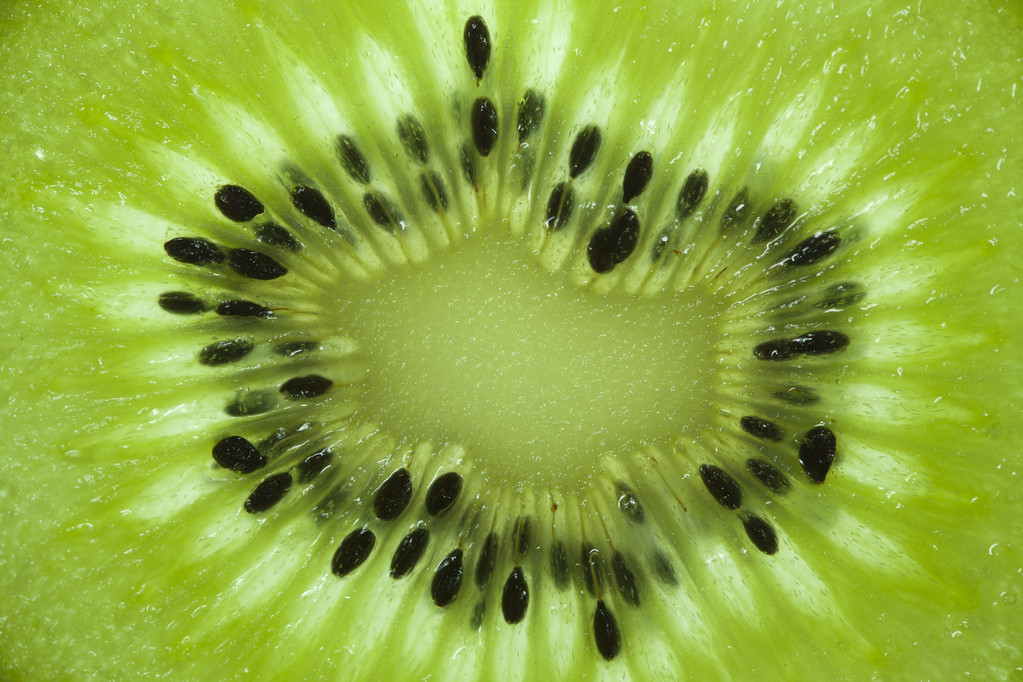
How sustainable are kiwis?
In addition to China, New Zealand and Chile, the furry fruits are now increasingly being grown in Europe. Italy is now the second largest producer in the world. Kiwis also grow in Greece, France and Spain.
From October to June you can buy the exotic fruits from European cultivation. In the summer months, on the other hand, the kiwis come from tropical regions. To avoid long transport routes, you should buy kiwis from Europe.
We also recommend organic kiwis. Significantly fewer harmful pesticides are used in organic farming. You can also use the peel of the fruit and benefit from the many good ingredients.

